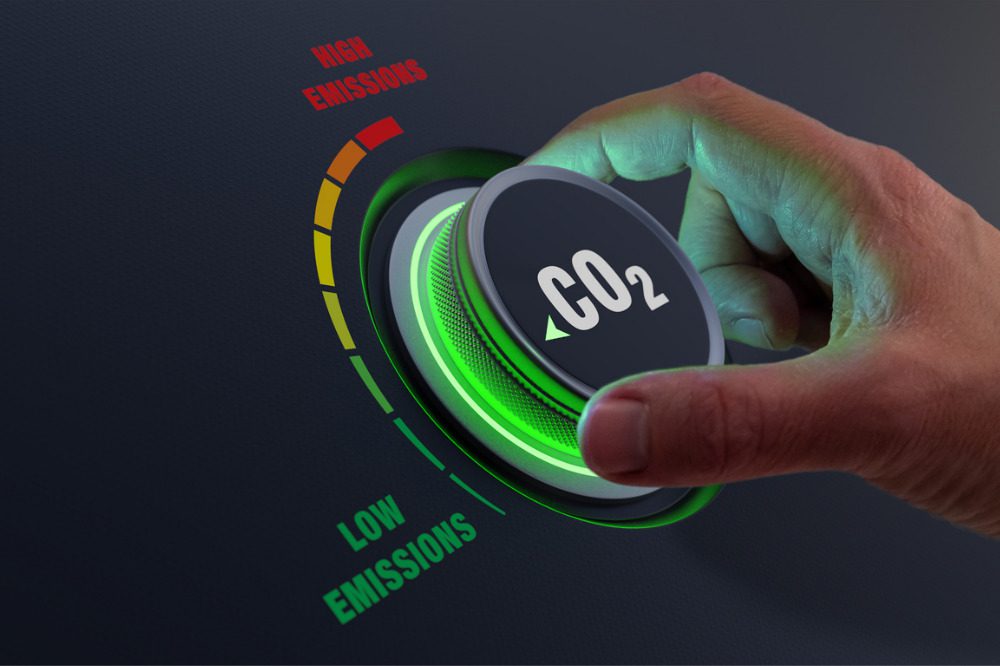How insurance companies are influencing the globe’s great energy transition

Now that most insurance companies have made net zero commitments, it is important for them to focus on executing on their commitments and communicating their progress effectively, according to Ernst & Young (EY) global insurance leader Isabelle Santenac. She stressed the importance of short-term targets, which can deliver concrete results and more immediate accountability.
“A lot of companies have committed to being net zero by 2050, but who in the leadership of that organization will still be there in 2050, and what is the accountability of the current leadership?” she asked. “Also, how do you convince your stakeholders that you are really acting on that commitment if you’re working towards a timeline that is 30 years ahead?
“What we see now is that a lot of insurance companies are pulling forward their net zero deadline to 2040 or 2030, and many are also introducing interim deadlines to hit specific targets. I believe that’s the right way to do it because it resonates more with employees, shareholders, and clients. With short-term commitments, insurers can say: ‘Look at the concrete actions we’re taking to achieve this overall target.’”
Read next: AIG releases second ESG report
Another way that insurers can influence the race to net zero is via impact investing. According to S&P Global, insurers own nearly 10% of the world’s invested assets, so they are influential in determining how capital will flow toward sectors, projects, and technologies that will help to reduce carbon emissions and mitigate climate change.
“We’re seeing more and more insurance companies directing their investments towards green companies, green infrastructure, green projects, and so on,” said Santenac. “That’s something insurers are clearly working on, and because they have a lot of capital to invest, if they’re serious about [impact investing], they can make a big difference.”
Alongside impact investing, insurers have influence through their underwriting decisions. This is a “much more difficult” strategy for insurers to implement, according to Santenac, because it is hard to measure exactly where companies are at in terms of reducing their emissions and transitioning to carbon net zero – and there are no common standards for disclosure.
“Insurers have to figure out if they want to stop underwriting certain companies or sectors, or whether they want to try and influence their clients by saying: ‘We will continue to underwrite your risk, but we want to have a clearer view on your transition plan, and we want to ensure that it’s aligned to our transition plan as a company.’ I think this is a very powerful dialogue,” Santenac told Insurance Business.
Read more: Insurers and ESG – what difference can they make in Canada?
However, the EY global insurance leader warned that impact underwriting won’t work if insurers are “forced” to take certain actions, referring to the trend that activists, investors, and even some regulators are trying to force insurers to stop providing coverage for the coal industry.
“What does that mean for the insurance industry? Even if we stop insuring the coal sector, it will continue to exist for many years because there are no alternatives [that would make up the energy shortfall], and they will find other ways to protect themselves, potentially even with the help of local governments,” said Santenac.
“I think we’re missing an opportunity. When we force the insurance industry to exit certain sectors, like coal, we are missing the opportunity to support [those companies in] their transition and help them to transition maybe faster and more effectively. That’s where I think there’s a little bit of contradiction around this underwriting piece.”





